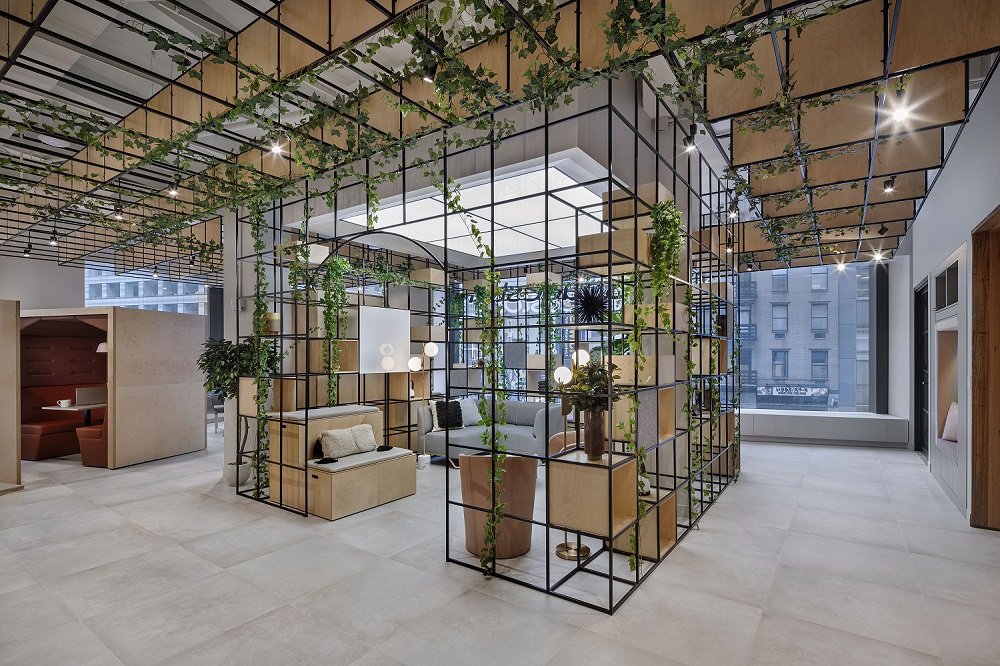
The Office Won’t Die, It Just Keeps Evolving. Panel Review
History shows us many examples of consequential changes resulting in new or more relevant inventions. Rarely have these come about by momentous shifts, but a series of small iterative adjustments. The office has come to a similar journey, from Taylorism and the rise of the open-plan to cubicle farms and experienced-based working. As humans we have an innate ability to improve our circumstances, making enhancements that keep our surroundings relevant in an ever-changing world.
Recent events have seen the speed of this evolution increase considerably, calling for a new agility. Laura Walsh, Senior Director of Global Real Estate and Workplace at Avid Technology explains how her company is exploring what the next chapter of workplace looks like across their 30 global locations. For her, it’s all about flexibility and choice - and figuring out how to deliver this to employees in a safe and effective way. “People have different feelings about where they want to work, but it may be a mix of both - being able to work part-time from home but also getting back to the office to get back to those meaningful, personal interactions we’re missing the most right now.”
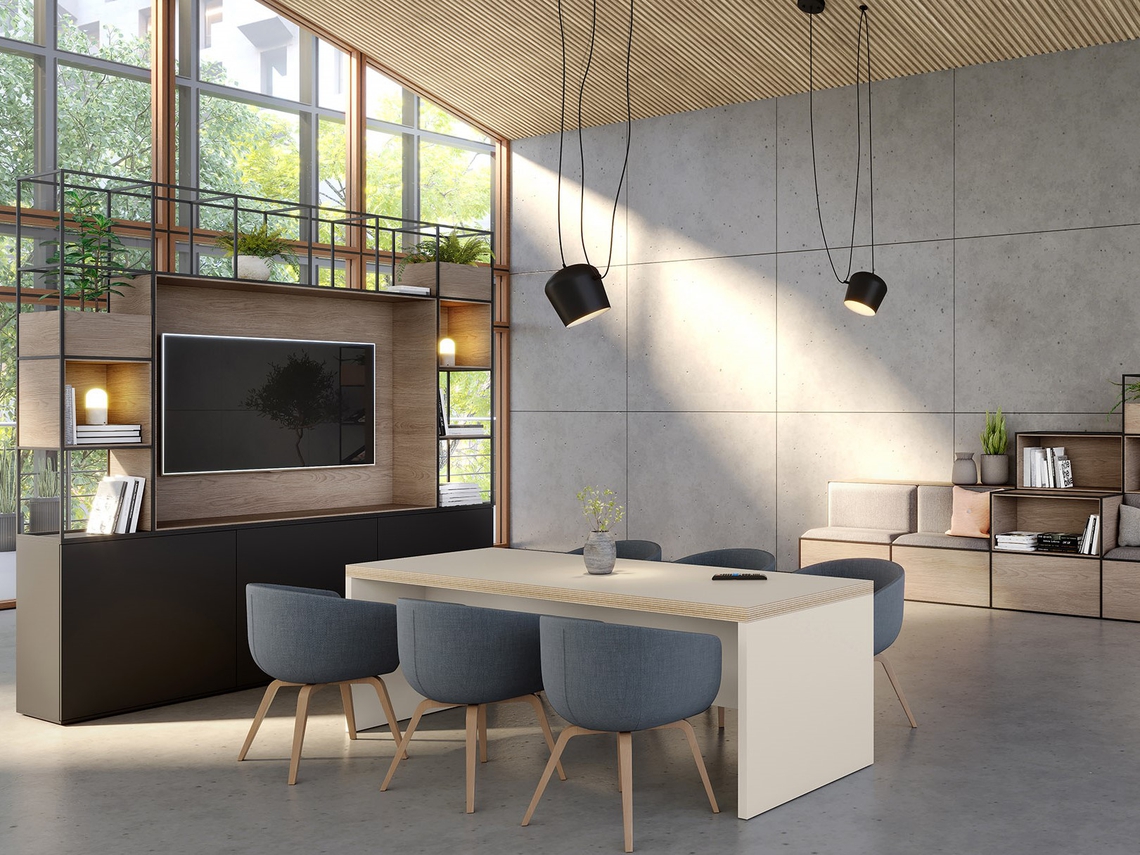
Of course, for Avid, like most companies, this is neither the place for binary decisions or cookie-cutter solutions. Every sector, company and indeed individual has their own needs and consequently a work-type that will suit them best. Leaders should take a deep dive into looking at the different types of workspaces needed for their teams based on work style as well as the behaviors and outcomes they’re trying to encourage.
For creative industries like design, the office is where the magic happens. Mirko Wanders, Design Director at Gensler SF, described how the awkward stop-start zoom interruptions are far from ideal, even though they’ve made it work ‘Certain groups are really longing to get back to the office. It’s hard to collaborate virtually, even though it’s working. I look someone in the eye and request feedback – VC is not helping to be creative in my opinion’. And then there’s the emotions and body language you just can’t feel over a video call. Mirko recalls key moments ‘when you have to be in a room and look each other in the eye over a decision you made – we smell it, we feel the climate’.
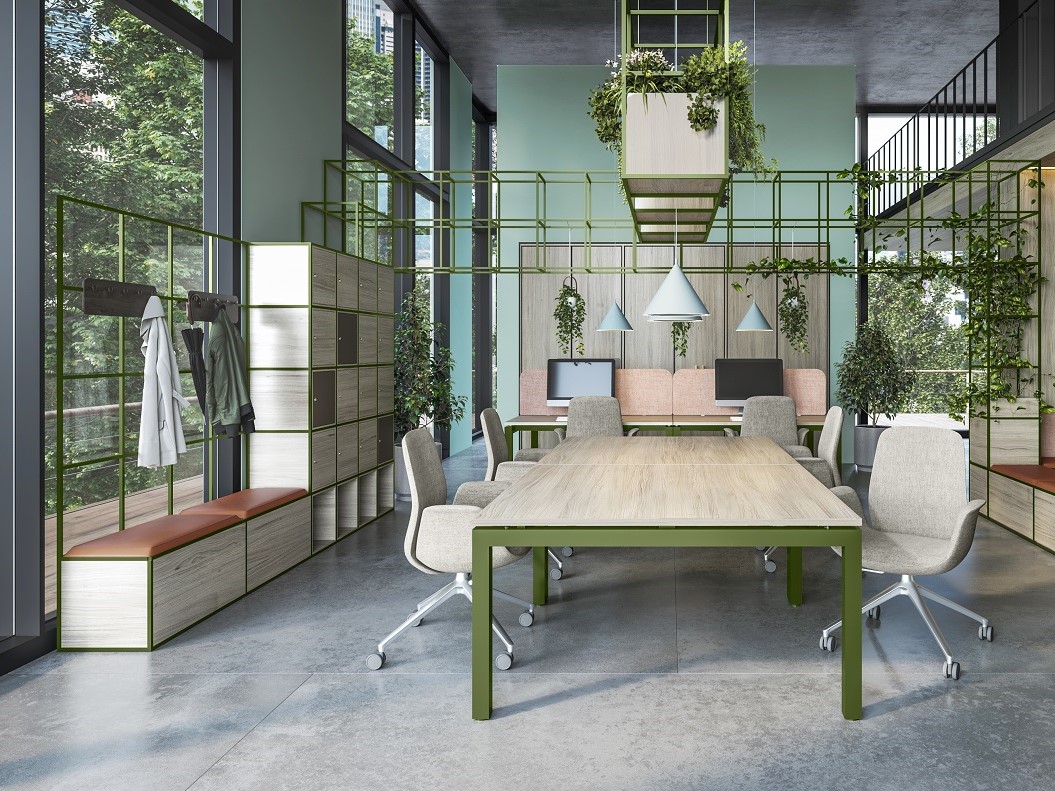
But it’s not just collaboration, it’s collaboration with that revered spontaneity. Over the last year, everything in our lives has been scheduled, and if it wasn’t booked in, it didn’t happen. As David Heyburn, Edison Spaces put it ‘There’s a certain level of serendipity that’s needed for real creativity & collaboration to happen - when it’s scheduled at 2pm on a Thursday, it lacks flow & energy”. Hence the role of having a physical space to come to, even if in more distributed fashion, such as the much-talked about hub-and-spoke approach.
Many workers have found homeworking offers them highly prized privacy and concentration space, previously conferred only on those with corner offices. But this isn’t so for everyone. In Mirko’s experience, the office is also a safe haven away from home. ‘Let’s face it - kids running around – dogs crawling under the bed…it can be distracting sometimes! The workplace can be the place where you go for a couple of hours to intensely concentrate maybe’.
Emerging from the conversation are two very different use cases for the future workplace - providing a place to get together & collaborate, but also a high-focus sanctuary to those for whom home is peppered with distractions. Possibly the work in between those two ends of the spectrum is what’s best completed at home or other locations.
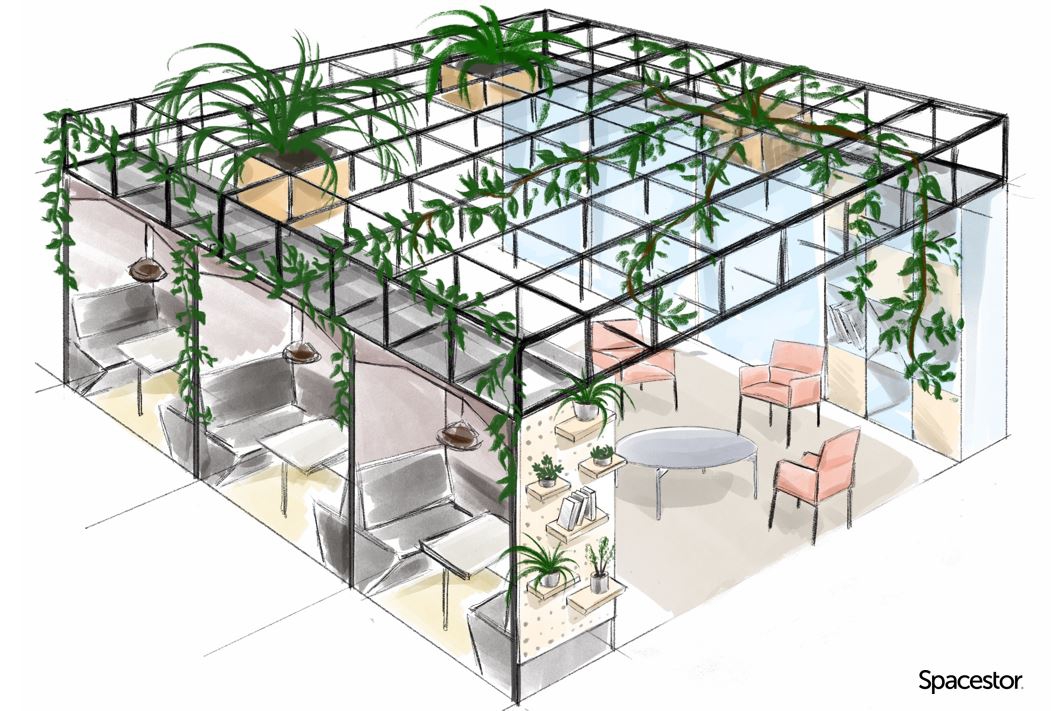
A new potential role for the office as cited by David, is the boundary-setter. For many remote workers, a merging of work and home life, caused by indistinct boundaries has resulted in an ‘always on’ expectation with colleagues. A survey from FlexJobs and Mental Health America (MHA) found that 37% of people report working longer hours when working at home, but 56% said their workplace could offer support and mitigation of burnout through flexibility in their workday.
‘We actually do work more because we are reachable at any given moment. It’s important that we give ourselves ways to recoup energy. With 10 hours on zoom calls – when do you do your work?’ says Mirko, suggesting leaders are strict but flexible with teams – strict on boundaries and flexible on working hours to enable a healthier existence.
So a hybrid solution seems to be a pragmatic approach and one adopted by many companies in recent weeks. But it certainly isn’t devoid of its own challenges. One such being, how do we provide an equitable meeting experience for both those in-office and at home? Zoom screens levelled the playing field giving everyone equal visibility, but with hybrid meetings, many report in-office attendees holding the floor, leaving little or no air-time for remote members.
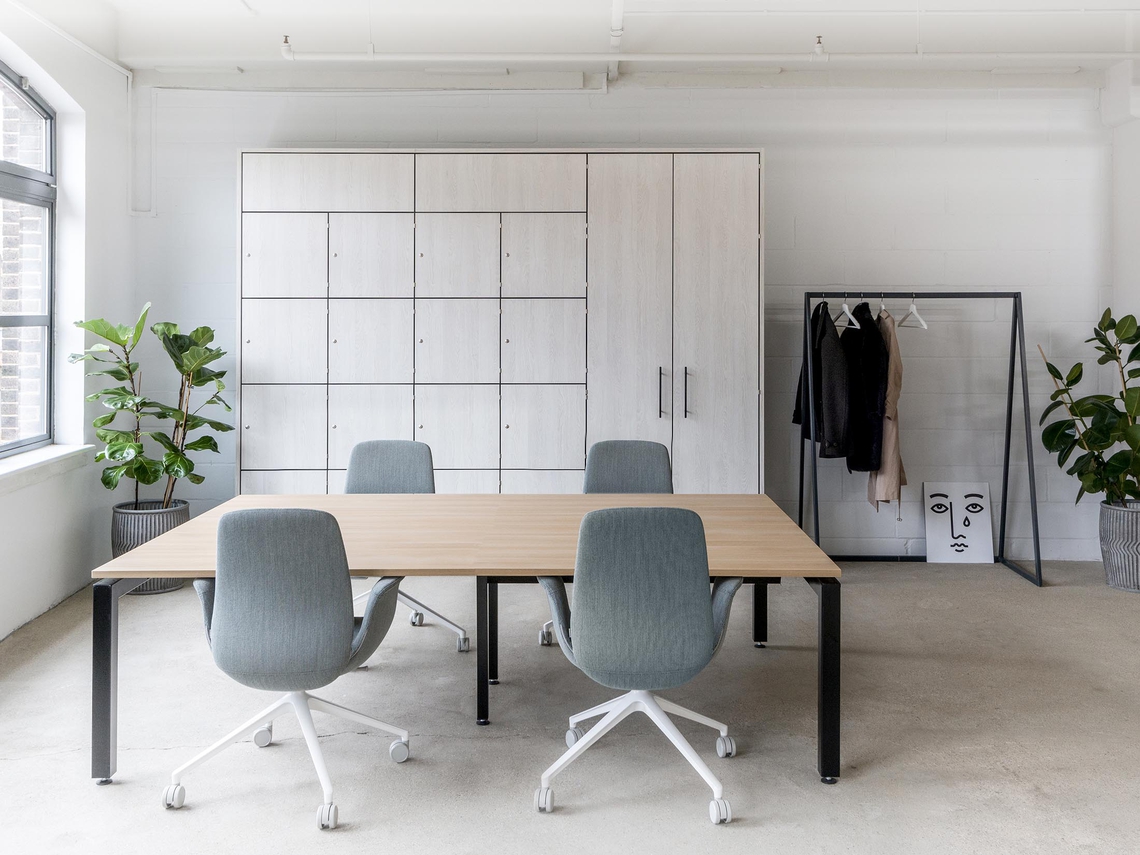
Another important consideration will be ensuring a ‘critical mass’ is present in the office on any given day to allow coworkers the enriching experience of meeting colleagues face-to-face and feeling that buzz so missed at home.
But these things are going to take time to work out. The moving parts, the multiple needs, the shifting goalposts - could experimentation be part of the answer, lowering the expectation of the perfect solution? Whilst some global companies have gone all out with announcements of how they intend to work in the future, a lot are still in wait-and-see mode. David verified this desire to experiment commenting ‘Companies aren’t sure what the future will hold so want to do some experimentation at least in the short term without taking on a lot of capital, especially if you’re a 5–10-person team.’ As a flexible office space provider, David sees this as a great solution for small businesses that don’t have the same resources as large corporates to take on the risk of experimenting with real estate strategy at scale.
But what of the element of human nature amidst all this change? Using the corner office as an example, David illustrated how people have attached a lot of meaning to things in the physical environment – ‘the hierarchy that somebody has achieved in an office is marked by moving up a desk or into an office, so this experiment of democratizing might be easy to digest for some folks but for others could be really difficult. I’ve seen you on zoom calls for a year and now you’re back in you’re office – how does that work?’
But our appetite for trying new things has certainly increased and this is borne out by large companies in traditional industries scrapping their private offices and having CEOs sitting out on the main floor. Old precedents are no longer relevant when charting new territory - no one has the answer, meaning there’s a strong case for experimentation in the evolving workplace, and so again, the need for flexibility.

Not only because it gives us options, but it leads us closer to a sustainable existence. In considering how we can provide for the future after the curved balls of the pandemic, companies are changing their mindsets about how long products can last, thinking about furniture that can be repurposed and so contributing to the circular economy.
But it goes further than furniture, Mirko points out ‘we have to be really smart where to place walls. How sustainable are we making the future? We were able to react to one pandemic but maybe there’s more, maybe we have to redo our offices on a yearly basis – what way are we reacting from a construction standpoint to that? How can we make our floorplate flexible in a way that can be chopped up? How can you expand and contract very quickly? This is a great opportunity for not only architects and interior designers but also product design.’ Conscious of the amount of trash we’re producing since working from home, he feels we have to attack it in any way possible. ‘What furniture solutions can be used that are flexible and recyclable after we’re back in the office, without compromising on design but at a reasonable cost?’
As a tech company, Avid invest in fixed, heavy infrastructure. Laura shared some thoughts on keeping sustainability in mind in these scenarios ‘A smart thing to think about is what if we grow or need more space – what does that look like and how would this design expand? Usually, people don’t want to think contracting or needing to save money, giving up half our space for a sub-tenant. Think about both scenarios when designing.’
But it’s when the less tangible and often-overlooked elements are considered that the physical workplace really comes into its own. Take alignment with the missions of the organization; the human desire not only to be connected to each other, but with a common purpose too. David posed that the concept of camaraderie is a critical factor in what draws us to what we do every day - the office has a role in cultivating the shared goal that remote working has splintered.
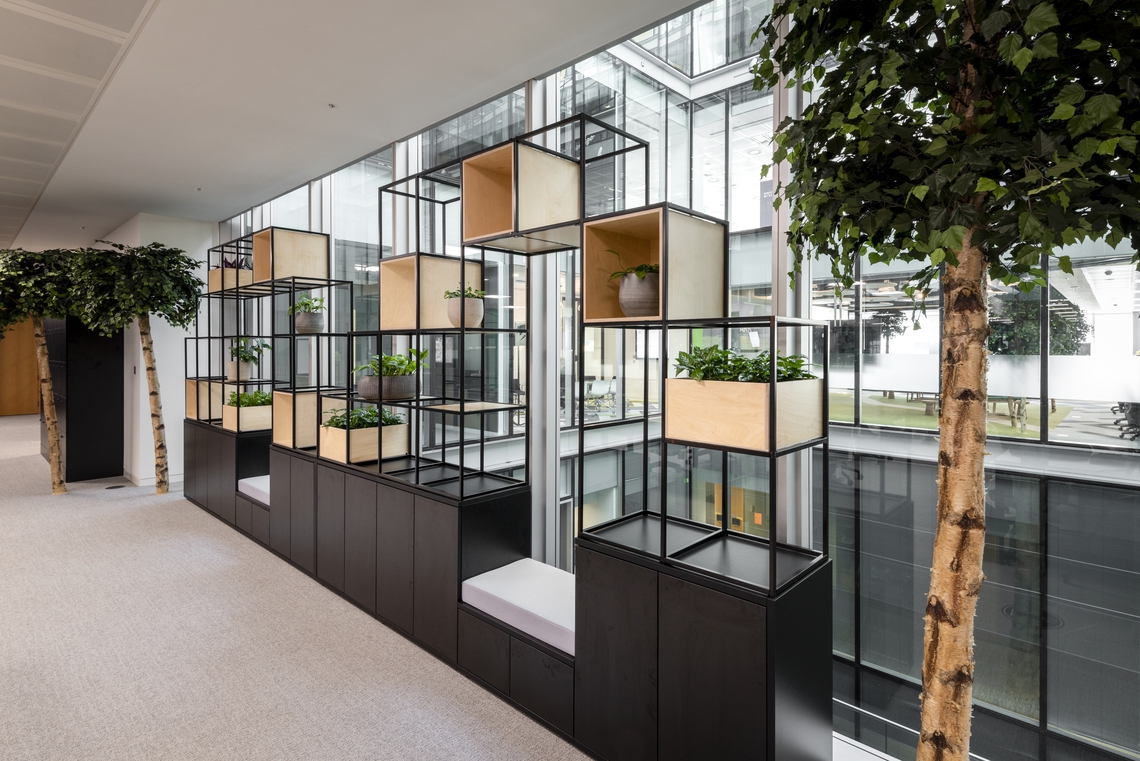
A further aspect for consideration is the larger talent pool remote working has given us access to – no longer do companies have to hire in expensive markets but can look further afield for staff. Similarly though, if an employee never ventures into your space, how can you make them feel part of your company? An opportunity for designers and furniture providers to provide curated home office setups and creative ways to pull remote workers into the office experience, Laura suggested. Supporting culture remotely and practically expressing the organization’s brand and values with a distributed workforce certainly remains a challenge to be risen to by most.
And then there’s the value of an experience. To illustrate this, Mirko drew a comparison between the office and a restaurant. ‘Most of the time you eat at home but there’s an experience going to the restaurant – guaranteed the food will taste better in the restaurant than if you’d had a take-out from the same place.’ So, it’s about more than just the space itself – humans are hard-wired to not only want but need company and hence they get together - the very reason the pandemic has been so difficult to control!
Enforced working from home has taught us that whilst many of us can work effectively remotely, there’s parts of the workplace experience we just can’t recreate virtually. We’ve learnt what we do and don’t like about remote working and now we want choice, resulting in many different types of hybrid, the re-evaluation of the office’s purpose and therefore yet another evolution. A hugely challenging period for our industry has opened up many new opportunities for a more positive future, so aptly summarised by Mirko in the phrase ‘If 2020 was a battleground, 2021 is a playground’. Long live the office!
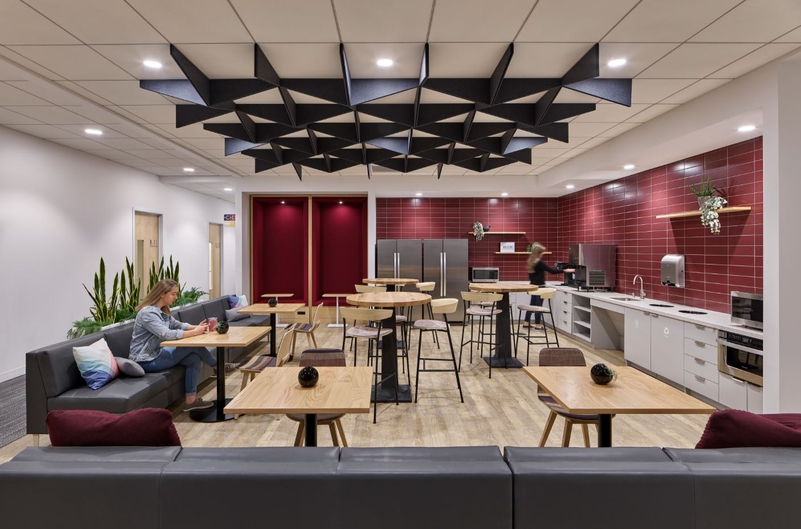
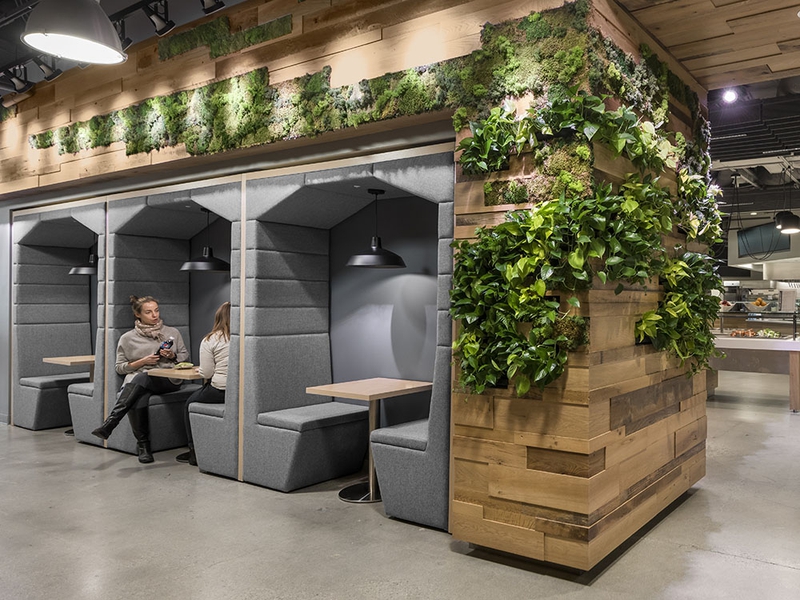



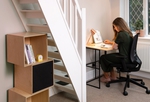

A welcoming, wellness-infused and biophilic design, EisnerAmper's New York City offices provides a unique and efficient…
FINANCIAL SERVICES
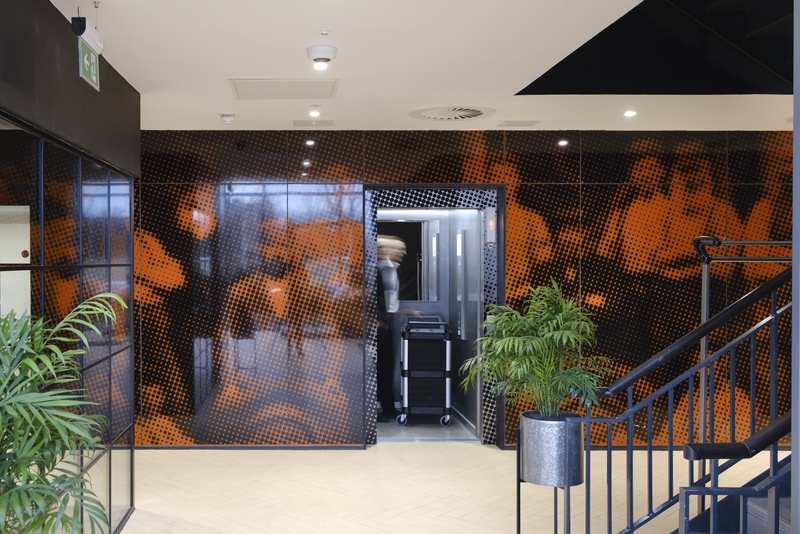
Designed over three floors, this stunning office transformation is complete with a world bar, numerous state-of-the-art…
FOOD & DRINK

Gensler's new offices at the Houston Center provide a blank canvas and fresh perspective, as well as an immersive exper…
ARCHITECTURE & DESIGN